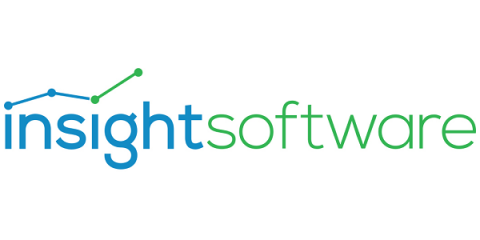Deploy AI Infrastructure in 2025: Serverless GPUs, Autoscaling, Scale to Zero, and More!
We’re on a mission to simplify application deployment for developers and businesses worldwide, whether they're AI-driven models, full stack applications, APIs, or databases. Our next-generation serverless platform significantly accelerates your deployments and improves efficiency, enabling you to build more with less spend. 2024 was a major year for us, packed with crucial serverless milestones.











